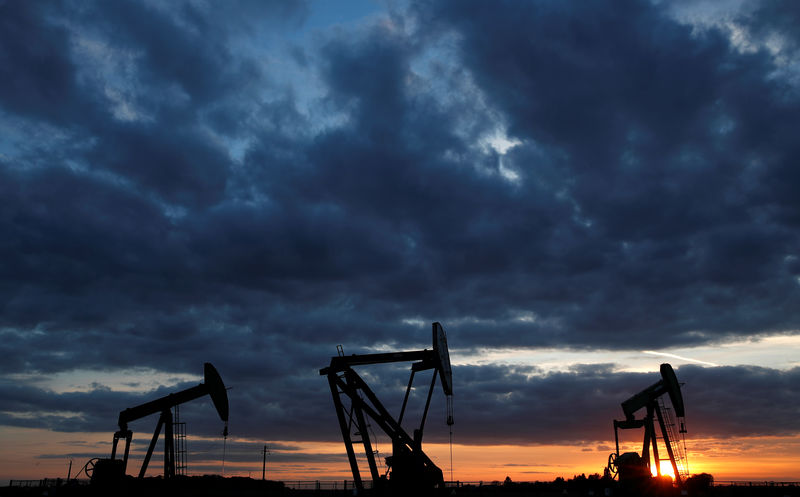By Gina Lee
Investing.com – Oil was down on Thursday morning, continuing losses from the previous session. The U.S. Energy Information Administration (EIA) reported a smaller-than-expected draw in U.S. crude oil supplies, adding to worries of an oversupply as fuel demand continues to weaken.
Brent oil futures were down 0.41% to $41.56 by 12:20 AM ET (4:20 AM GMT). WTI futures fell 0.50% to $39.83, slipping below the $40 mark.
EIA data released on Wednesday showed a 1.001 million-barrel draw for the week to Oct. 16, smaller that the predicted 1.021 million-barrel draw and much smaller than the previous week’s 3.818 million-barrel draw.
Wednesday’s data also showed that a 1.895 million-barrel build in gasoline inventories, against the 1.829 million-barrel draw predicted and the previous week’s 1.626 million-barrel draw.
“The latest EIA report showed an unexpected increase in gasoline inventories, which came at the same time as reduced gasoline output because of refinery outages due to Hurricane Delta. So the implication is gasoline demand is pretty soft,” National Australia Bank (OTC:NABZY) head of commodity research Lachlan Shaw told Reuters.
The American Petroleum Institute reported a surprise 584,000-barrel build in the week to Oct. 16 on Tuesday.
Investors remain concerned about weak fuel demand as the number of COVID-19 cases in Europe and some U.S. states continues to climb. Fears were also exacerbated by China’s decision to restrict outbound travel to curb the spread of the virus.
Diminishing hopes that the U.S. Congress would be able to pass the latest stimulus measures before the Nov. 3 election also contributed to a worsening outlook.
“The resurgence in COVID-19 cases is seeing the U.S. motorist increasingly putting the brakes on. This makes the negotiations on a U.S. stimulus package even more important,” ANZ Research said in a note.
However, NAB’s Shaw warned that even if Congress approved the measures in time, any uplift would likely be temporary.
“It might improve the demand tone for a week or two, but with the COVID-19 spread accelerating there are headwinds there,” he said.
